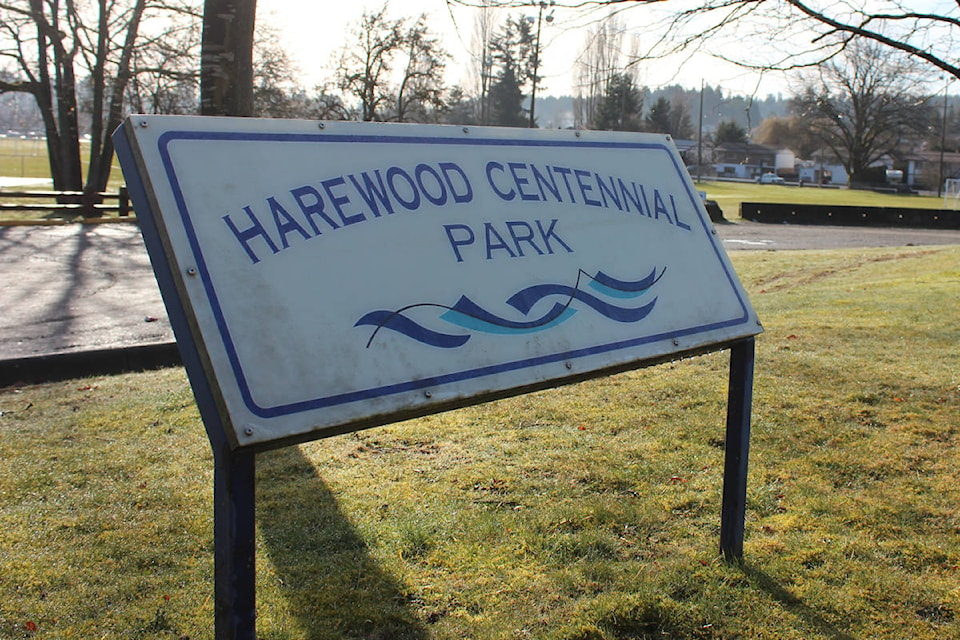Nanaimo councillors approved third reading of a revised development cost charges bylaw Monday night after the provincial government told the city certain projects could not be covered under a DCC bylaw.
According to a staff report, the provincial government informed the city that its initial DCC bylaw, which councillors gave third reading to back in December, included seven proposed park projects that were not eligible for inclusion in the bylaw.
Among the seven projects excluded were plans to purchase 10 sets of flexible-use bleaches, artificial turf installation at Beban Park, upgrades to the Gyro Youth Sports Fields with artificial turf, installation of artificial turf at Harewood Centennial and upgrades to the Gyro youth fields. The other two projects excluded were listed as stadium developments and practice fields adjacent to turf fields. The seven projects have a combined cost of $18,517,500.
Dale Lindsay, city director of community development, told councillors on Monday night that during a review of the city’s proposed DCC bylaw, the province identified “concerns” with a number of park projects that were included for park DCCs. He said provincial legislation explains what projects can be covered under park DCCs but that there are some grey areas within the legislation.
“The legislation … says things like fencing, landscaping, drainage and irrigation, trails, restrooms, change rooms, playground and playing field equipment. So, you can see based on the list that I read out, there are a number of things in here that staff were of the belief that could apply,” he said. “A policy decision at the provincial level for example could be that play fields that are grass could be DCC eligible, but the play field that is done in artificial turf is not eligible and that’s not clearly spelled out in the legislation.”
Provincial government informed @CityofNanaimo that their DCC Bylaw could not include seven park project, resulting in a revised bylaw. Here's a a list of the projects plus revised DCC rates. pic.twitter.com/rhzapOWAuz
— Nicholas M Pescod (@npescod) March 7, 2018
Lindsay explained that the province’s decision means the city will need to find another way to cover the cost of the projects down the road, likely through residential taxation. He said the projects’ funding comes from multiple sources, existing residents and DCCs or future growth but because those projects are not included anymore, they will need to be funded through increased taxation.
Multiple councillors expressed concerns about the province’s decision, including Coun. Bill Yoachim who questioned whether the city could appeal the province’s decision.
Lindsay said council could decide to challenge the decision, but it would significantly delay the DCC bylaw, which has already been delayed multiple times. He said council should proceed but have a separate discussion regarding appealing.
In the end, councillors voted 6-1 in favour of approving third reading of new DCC bylaw, with Coun. Bill Bestwick voting against.
Speaking to the News Bulletin afterwards, Lindsay said it’s important for people to understand that the DCC program identifies long-term projects that will be required to support growth over a 25-year period. He said in the past, the city has always considered upgrading park fields using grass, not artificial turf, and the DCC program can include projects that are anticipated or proposed for the future but are not included in the city’s five-year financial plan.
“Many of the ones on that list, if not all of them, that were taken off, were outside the five-year capital plan,” he said. “They don’t exist anywhere right now. They were not funded or anything because they don’t exist on the financial plan.”
nicholas.pescod@nanaimobulletin.com
Like us on Facebook or follow Nicholas Pescod on Twitter
